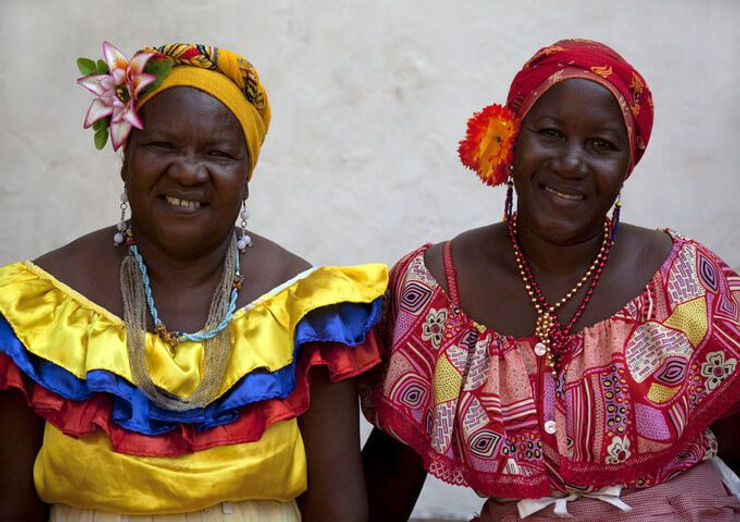By: Alice Su
In a fashion show in Buenaventura, two towering black models strut down the runway wearing fabrics imported from Africa, which is unusual for a major Colombian fashion show. One wears a red minidress with a fluted top inspired by an open seashell, and the other wears a blue and gold gown fit for a modern royal.
These clothes were designed by Esteban Sinisterra Paz, a 23 year old university student with no formal fashion training. “Decolonization of the human being,” is the main theme of his work, along with showing “the elegance of identity.”
Mr. Sinisterra is also behind the wardrobe of Francia Márquez, an environmental activist and lawyer who will become Colombia’s first black vice president. The 40 year old has made an incredible leap from profound poverty to the forefront of Colombian politics. She has become the voice of millions of the Indiginous and Black Colombians who make up over 66% of the population, most of whom earn less than 100$ a month. Rejecting stiff shirts and suits, Marquez daringly rebels against the neglect of Afro-Colombians. She rocks natural hair, bold patterns, and curve hugging dresses, which are distinctly Afro-Colombian looks.
“Colonization tried to erase Black people,” said Lia Samantha Lozano, 41. She has also been chipping at the mistreatment yet in a quieter way. She began by styling her hip-hop and reggae band (Voodoo Souljahs) in traditional African fabrics a decade ago. In 2014, she became the first black woman to model at Colombiamoda, the country’s biggest fashion event.
Currently, many Afro-Colombian descended brands are on the internet and in shops all around the country. Black celebrities, politicians, activists, and models are using their traditional clothing as a political tool. Ms. Lozano now sells bright, hip-hop-inspired clothes at a popular shopping mall in Bogotá’s capital.
“A big part of the plan was to make us feel ashamed of who we are, of our colors, of our culture, of our features,” she stated. “To wear this every day, not as ‘fashion,’ not to dress up for a special occasion, but as a way of life, as something, you want to communicate every day — yes, it is political. And, yes, it is a symbol of resistance.”











